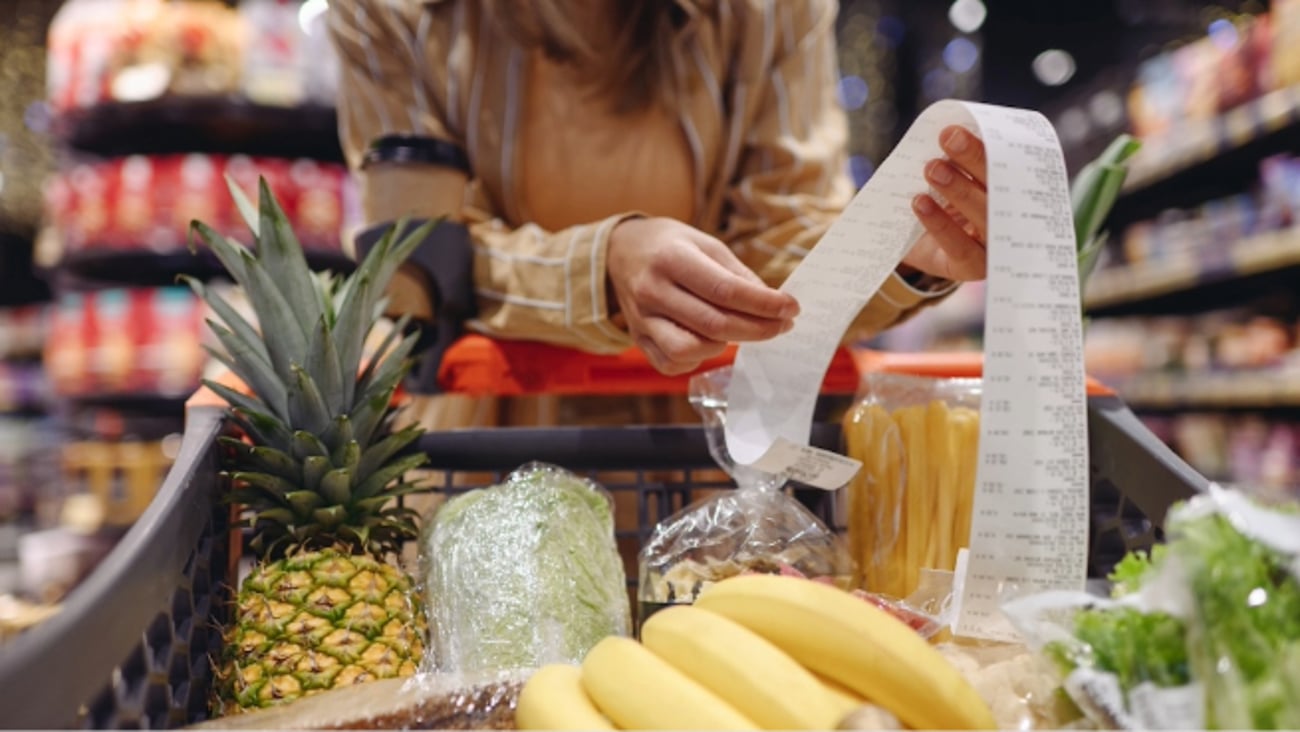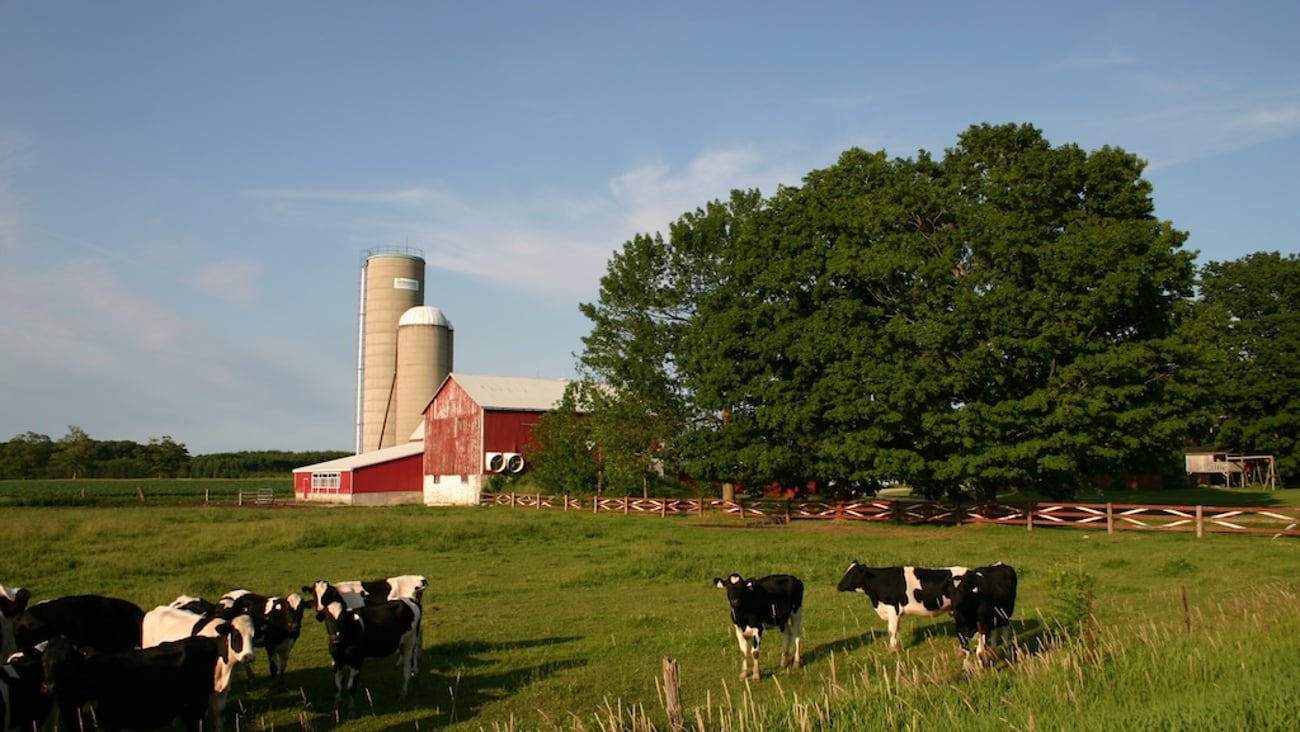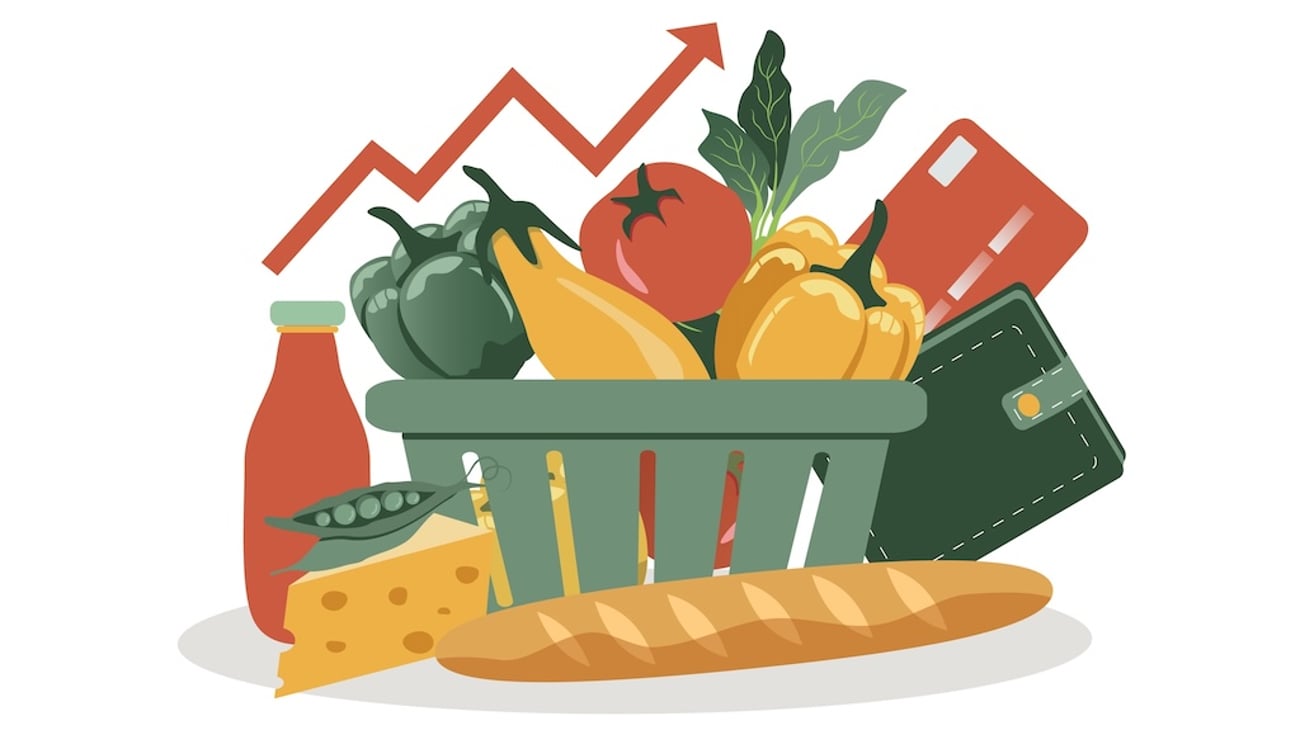The Canadian Dairy Commission needs to remember it works for consumers
The Canadian Dairy Commission (CDC) announced last week that dairy farmers would get 8.4% more for their milk, and 12.4% more for butter starting in February 2022. It is the highest price increase since the CDC was created in 1967. Provincial boards will need to approve these increases, but that won't likely be a problem. For consumers, this is certainly not great news. Milk, butter and yogurt prices could skyrocket in the New Year.
Canadian industrial milk was already the most expensive in the world and has been for many years. The CDC is the centerpiece of our supply management system for dairy. In Canada, we produce what we need, and dairy farmers get a fair price for their work. Sounds reasonable. Most people are willing to pay extra for good Canadian milk and dairy products. Even without supply management and our quota system, milk prices would likely still be high, perhaps even higher, but it is sensible to believe Canadians still want domestic quality.
In recent months, however, some Canadians have noticed a downgrade in quality. “Buttergate” shone light on the practice of feeding cows with palmite, a palm oil derivative coming from other parts of the world, affecting our butter’s hardness. Why would we import an ingredient from abroad to produce butterfat when the Blue Cow brand is all about local, thus compromising quality? Dairy Farmers of Canada banned the practice in the spring and created a working group to investigate the matter. So far, the group has not released a single report about its progress or new quality assurance practices the industry is pursuing at retail. Not one hint of transparency to reassure Canadians.
Raising farmgate prices for milk so farmers can make a decent living is not really the issue. What's problematic is the way the CDC does it. The Crown corporation is owned by all Canadians, but controlled by three people with dairy connections. Processors, retailers and, most importantly, consumers are not even represented on the board. To be clear, the 72 people working for the CDC are working for the Canadian public, not dairy farmers. We set dairy prices, not farmers themselves as supply management is a regime owned by all Canadians. However, 91% of Canadians don't know the CDC exists or how the commission operates, even though its decisions can impact their lives.
Observers are also concerned with how the increases were calculated. The CDC posted a simple seven-page report explaining how it calculated the increase, but didn't share any raw data. We have no idea if the data used in the pricing formula was verified by competent authorities, only that it was reported by a group of randomly selected dairy farmers. The report is unsophisticated and worded the same every year, with a few exceptions. Numbers change, but that's the extent of it.
Higher milk prices won’t be good news for consumers, but it won’t be good for the dairy industry either. With this decision, we're expecting more illegal milk from the United States to enter the Canadian market, as was the case a few years ago with diafiltered milk. Goat milk and other alternatives on the market will become more financially attractive as prices for milk and dairy products continue to rise. But dairy farmers won’t care. Most will cash out and exit the industry, while others continue to do well under a regime that guarantees them revenue.
Great for them, but we’re on pace to lose half of our dairy farms in Canada by 2030. We could have fewer than 5,000 farms within the next decade. If that’s what Canadians want, fine. But if we want to really help our dairy industry, a good starting point would be to reform the CDC and address its questionable governance and opaque processes.




